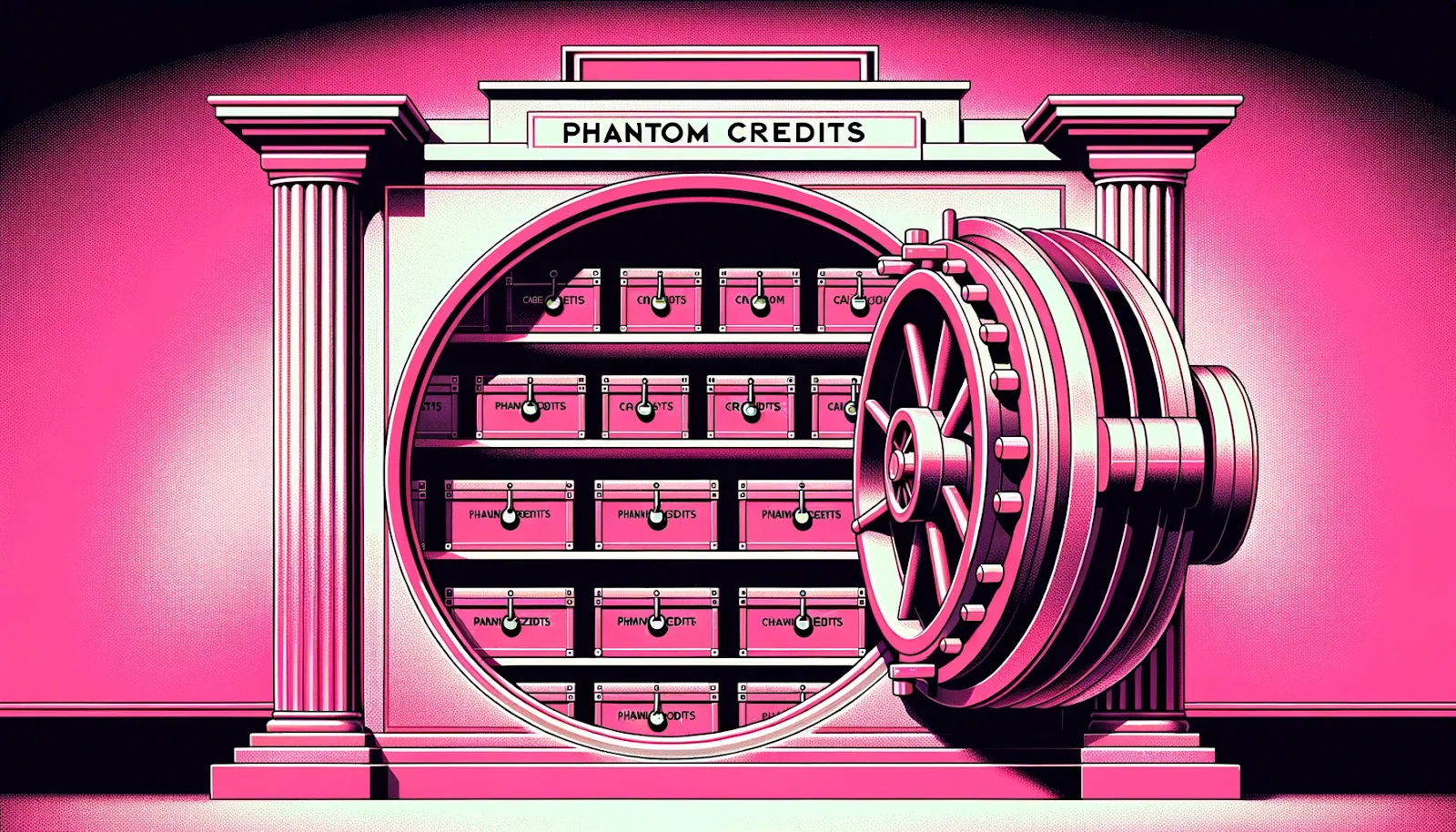
The system in which nearly half a trillion ad dollars move each year is facing substantial change.
At Rival, we believe challenger brands should aim to change their categories, not just challenge them. This goes for our own brand as well. We champion the necessity and urgency in meeting emissions targets within established international frameworks, recognizing that real change at scale sits in the sweet spot of unlocking growth while reducing emissions.
With major changes, come major opportunities. For Marketing in the transition to net zero, it starts with the relationship between performance and emissions in digital advertising.
PERFORMANCE AND CO2 EMISSIONS
With digital advertising spend continuing to grow from $400billion (more than 50% of global ad spend in 2022), we as marketers are presented with a fantastic opportunity in the transition to a net zero economy, one which doesn’t need to rely on the downward pressures of moral responsibility, competition or regulatory influence to give us a reason to act [1].
As digital advertising matured, it became increasingly complex with layers being added in to gain an edge, solve problems (like fraud) or prove effectiveness. Yet poor performance in digital advertising is now heavily influenced by unnecessarily complex tech stacks and overengineered ad delivery with digital dollars being shared between obsolete tolls and at every turn, the carbon emissions stack up.
The system on which digital advertising is built is bloated and broken. By integrating technical and media expertise with sustainability best practices, we can innovate more deeply into the system through which billions of dollars move every year. Emissions from marketing and digital advertising are of course just parts of a business’ operation, all of which should be driven by a sustainability agenda built from internationally recognised frameworks. As marketers, we can challenge existing ways of operating and through doing so, provide both a practical and performance advantage to build a lean, green digital marketing machine that can help lead and drive the overall sustainability agenda within a business.
BUILDING ON PROGRESS
We’ve made fantastic progress in recent years. The awareness of the carbon intensity in some marketing practices is high among marketers, the identification and measurement of emissions in the system is increasing, data sources are more widely available and improving in quality, and better tools are making their way into the hands of those who execute day to day.
The work of Scope 3, for one, has been important. In particular, their work with media auditors to create a new standardized measure - CO2PM (which aims to weigh together performance and carbon cost), is a smart and critical tool in marketing's transition to net zero. More recently, they announced their intent to become a de facto community platform to accelerate adoption in the industry [3,4].
Where we start to fall short is across three main areas:
- Solutions are largely left to unsupported calculators and tools.
- Isolated offsetting is the primary mechanism for reducing emissions from activity.
- Integration of digital performance and emissions reduction with existing ESG frameworks and wider sustainability best practices.
1. Unsupported tools

In the rush to address the issues around carbon emissions in digital advertising a flurry of solutions have hit the market. They are largely focused on the specific nuances of the marketing contribution to emissions.
The success in the adoption of such tools for marketing has come at the cost of actual emissions reduction and missing the opportunity that lies in the relationship between lower emissions and better ad performance.
Adoption has been positive in part because the tools have made it easy with the model being identify - quantify - offset. So, although there is value in identifying and quantifying the impact of our marketing decisions and in paying for emissions produced, by failing to go much further we miss the opportunity where prevention of emissions in the first place can be married with performance improvement.
2. Isolated offsetting

Research into Verra, the world’s “leading” carbon standard for the $2 billion voluntary offsets market, found more than 90% of their rainforest offset credits were likely to be “phantom” credits [5]
The voluntary carbon market, where the vast majority of solutions in our sector fall into, is on the cusp of significantly increased regulation [6]. The credits widely used by the tools in our industry will be blacklisted. High-quality, well-regulated carbon offsets have their role in the transition, but these are not currently in evidence, and when they are, they cannot be the primary mechanism if the actions we take are to have any real impact or, critically, if performance gains are to be made as part of the solution.
So, we must address the cause, not the symptoms. The cause is the system itself and the symptoms are the massive energy consumption. The fuel is the revenue and decisions we make as marketers.
3. Limited Integration

In many client organizations, there is still a big gap between the marketing and sustainability teams. They have different, often competing objectives, and are accountable in very different ways [7].
How marketing is addressing carbon emissions reduction specific to its industry cannot sit apart from how the business is tackling the change needed across its entire operation. Our thinking needs to go beyond what’s fit for purpose in reducing emissions in digital advertising in isolation, but challenge the efficacy of the tools we have and how these can integrate better with the larger sustainability agendas and ambitions of our businesses.
WHERE THE OPPORTUNITY LIES
Creating a position of genuine competitive strength in the digital advertising transition to net zero means we need to approach this challenge from a broader field of view. The model of identify, quantify, off-set has served its purpose of creating awareness, responsibility and some means to action, but the real opportunity comes from isolating the sweet spot where better performance meets emissions reduction and looking across to how we integrate our progress with the rest of the business.
Performance lead system change

Tools and calculators for marketing-specific emissions identify, quantify, and offset. The business opportunity—and genuine positive change—lies in reacting to the cause, not the symptoms.
Yes, digital advertising does produce carbon emissions, but on a scale with significant variation. A recent study showed that the CO2PM per website ranged from 55.2g to 4,782.8g, an 87X difference. We know the relationship between poor performance and high carbon emissions exists. Being able to make decisions before and not rely on identification and offsetting after the fact is the exciting shift at hand. [8]
A way to plan and make decisions that automatically calculate emissions from the start can help involve the wider business in setting tolerance parameters that meet sustainability goals and targets. However, we need more than just a singular tool. We need technology solutions that are part of an approach connecting planning and optimization decisions to adopted ESG frameworks.
The outcome will be digital dollars running down low emissions channels in the delivery system to low emissions endpoints, as integrated performance and sustainability targets steer decision-making. At scale, this starts to change the system as a whole, as the revenue keeping emissions spouting low-performing routes and outlets dries up and diverts towards the opposite, creating a race to the top.
Bottom-up integration

Marketers are very well placed with the right skill set to take levels of ownership and influence a harmonized performance and sustainability business agenda. The current World Bank Ambassador on Climate Change identifies five areas on why corporations should focus their strategy on sustainability; All five are nothing new to marketers.
- Add brand value and a competitive advantage
- Meet consumer demands
- Increase efficiency
- Attract talent
- Create new opportunities
Digital advertising is an excellent starting point because it demonstrates that growth can occur not only without producing emissions but also while purposefully reducing them. However, when isolated, its impact remains minimal in the context of the broader challenge. By integrating our approach into more comprehensive sustainability strategies and targets, we engage the business, move beyond the confines of marketing, and assume a leading role in driving meaningful change within the organization. Furthermore, by raising our ambitions and ensuring our alignment with recognized international ESG frameworks, we can be confident that our progress is not built on a house of sand, but rather on a solid and credible foundation.
Getting ahead of regulation

We mentioned regulation earlier, and although it is a downward pressure point, it does remain one of opportunity. Informal regulation to encourage change in our industry is already here in the form of independent voluntary bodies and schemes such as Ad Net Zero, yet there has been no stick to those carrots so far.
That’s about to change, and soon. Both the UK and EU have bills passing through their respective parliaments that - among other regulations - enforce the formal measurement and disclosure of these emissions [5].
The costs of being a late mover will be high, while opportunity lies in being an early adopter.
IN CONCLUSION
By looking through the lens of performance and opportunity vs downward pressures we shift the underlying view of simply paying the piper, to one of creating growth and a winning mentality in the transition to net zero.
Here at Rival, our aim is to act as an accelerant to our industries' transition to net zero. We believe there is fantastic potential in marketing taking a lead within their businesses and we hope to provide a fresh perspective and impetus to what sustainability and marketing means practically, as well as highlight where some of the opportunities lie.
If marketing and sustainability is something you are passionate about then please do reach out and get involved in our Amp Community, where we're constantly discussing and debating topics like this.
Resources:
1.5°C Business Playbook
SME Climate Hub
Climate Transition Action Plans
References:
- Digital advertising spending worldwide 2021-2026
- Clickbait Sites Have Huge Carbon Footprints And Advertisers Urged To Snub Them | The Drum
- Introducing the Collaborative Sustainability Platform | Scope3
- Revealed: more than 90% of rainforest carbon offsets by biggest certifier are worthless, analysis shows
- Carbon Removal Certification
- a) EU to ban greenwashing and improve consumer information on product durability | News | European Parliament b) Greenwashing era is over, say ad agencies, as regulators get tough | Marketing & PR | The Guardian
- https://www.forbes.com/sites/forbesbusinesscouncil/2021/02/10/why-corporate-strategies-should-be-focused-on-sustainability/?sh=7a2a9cc27e9f
- The Hidden Cost of Digital Advertising - Ebiquity











